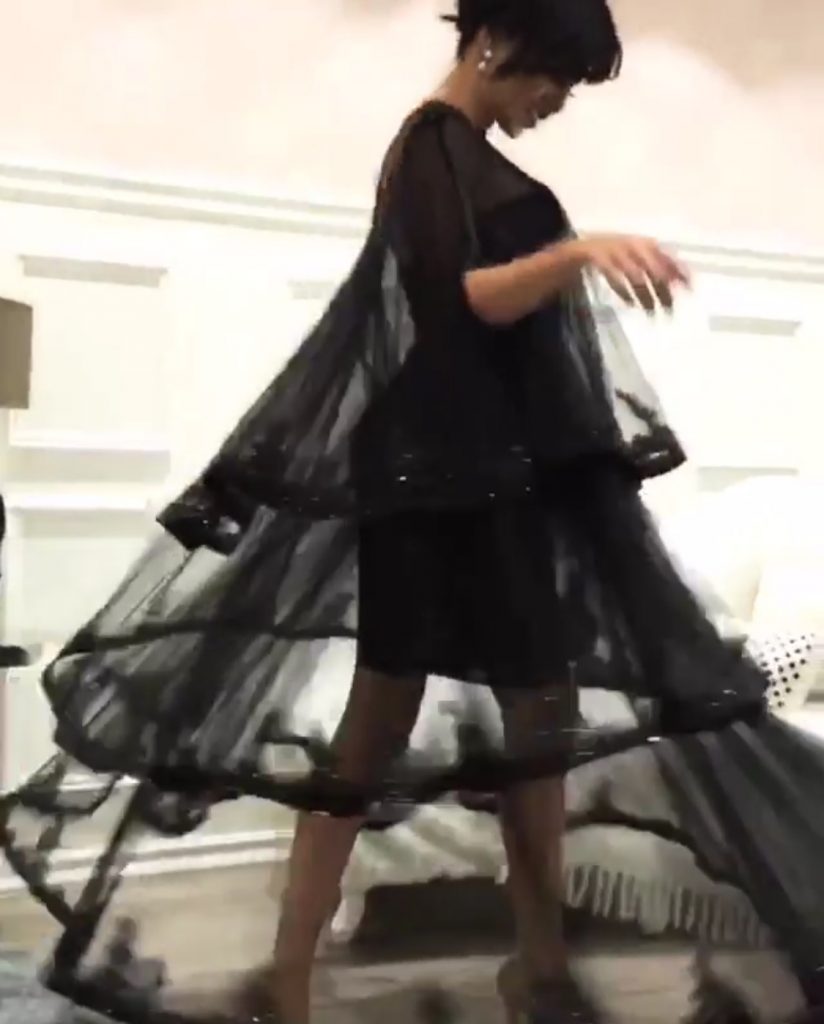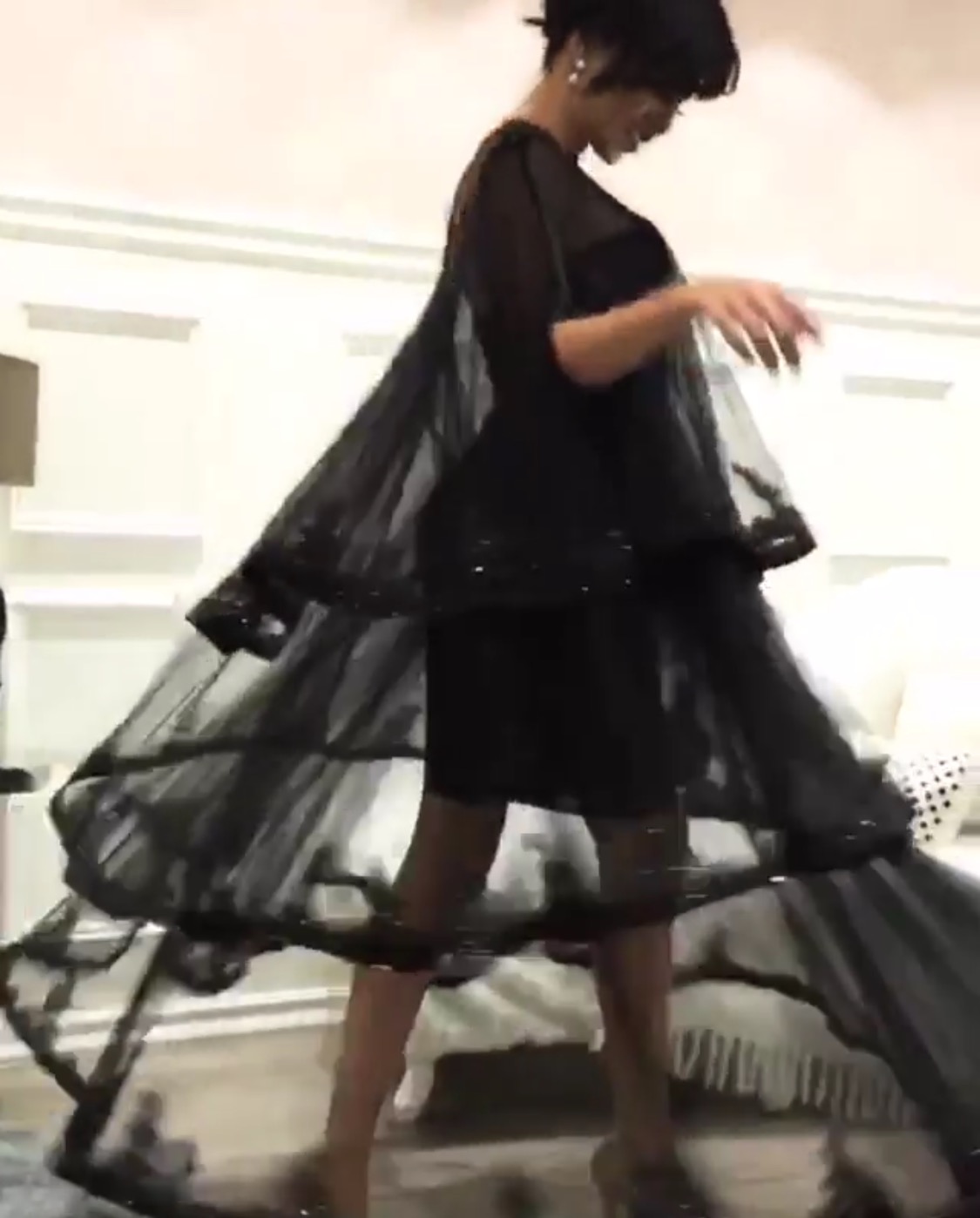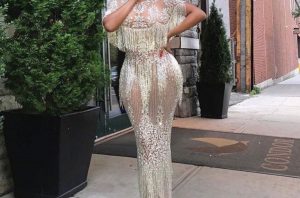
Dress codes are written and, more often, unwritten rules with regard to clothing. Clothing like other aspects of human physical appearance has a social significance, with different rules and expectations being valid depending on circumstance and occasion. Even within a single day an individual may need to navigate between two or more dress codes, at a minimum these are those that apply at their place of work and those at home, usually this ability is a result of cultural acclimatization. Different societies and cultures will have different dress norms although Western styles are commonly accepted as valid
The dress code has built in rules or signals indicating the message being given by a person’s clothing and how it is worn. This message may include indications of the person’s gender, income, occupation and social class, political, ethnic and religious affiliation, attitude towards comfort, fashion, traditions, gender expression, marital status, sexual availability, and sexual orientation, etc. Clothes convey other social messages including the stating or claiming personal or cultural identity, the establishing, maintaining, or defying social group norms, and appreciating comfort and functionality.
For example, wearing expensive clothes can communicate wealth, the image of wealth, or cheaper access to quality clothing. All factors apply inversely to the wearing of inexpensive clothing and similar goods. The observer sees the resultant, expensive clothes, but may incorrectly perceive the extent to which these factors apply to the person observed. Clothing ccan convey a social message, even if none is intended.
If the receiver’s code of interpretation differs from the sender’s code of communication, misinterpretation follows. In every culture, current fashion governs the manner of consciously constructing, assembling, and wearing clothing to convey a social message. The rate of change of fashion varies, clothes and its accessories within months or days, especially in small social groups or in communications media-influenced modern societies. More extensive changes, requiring more time, money, and effort to effect, may span generations. When fashion changes, the messages communicated by clothing change.
Discover the world of Slay here





